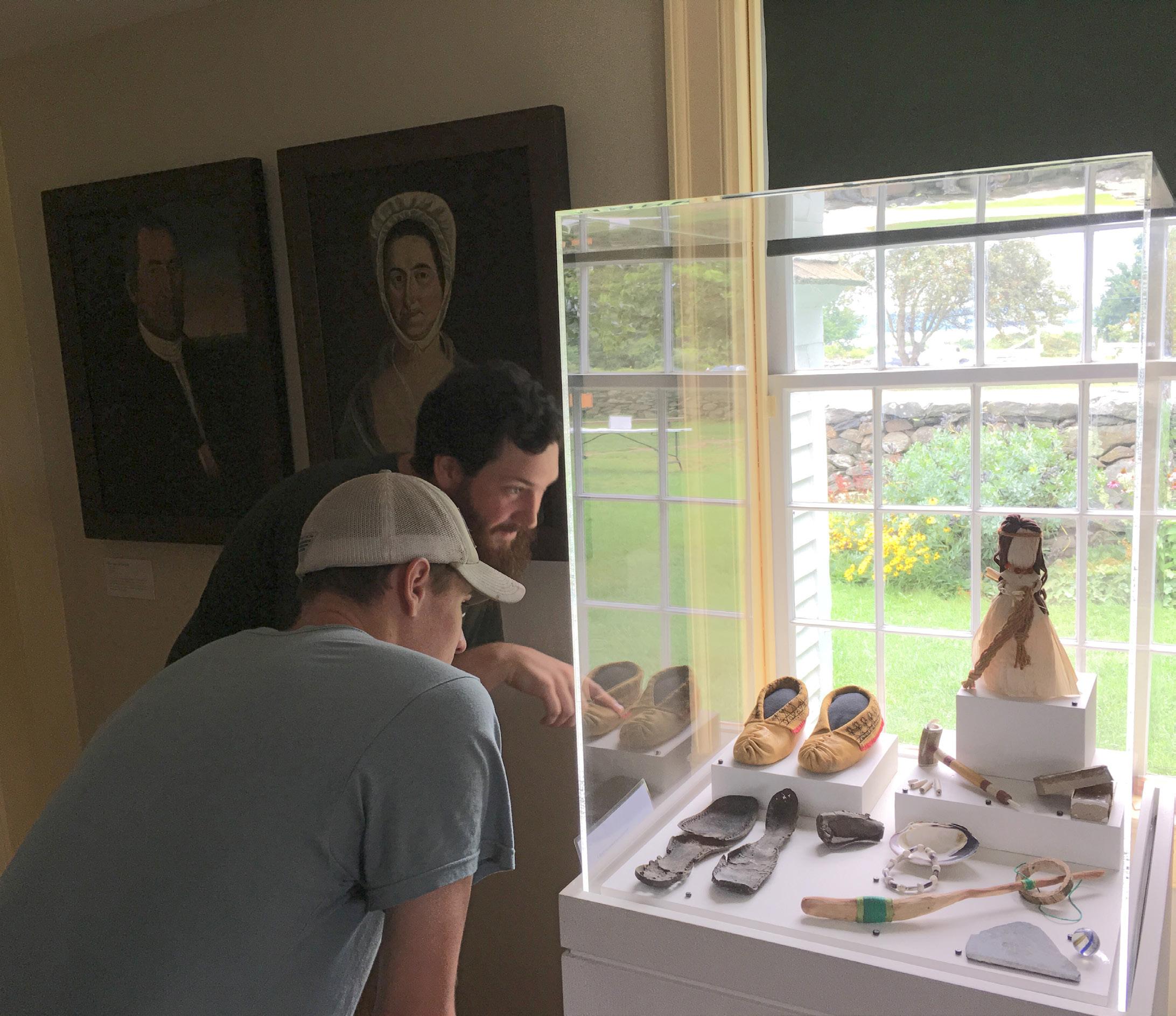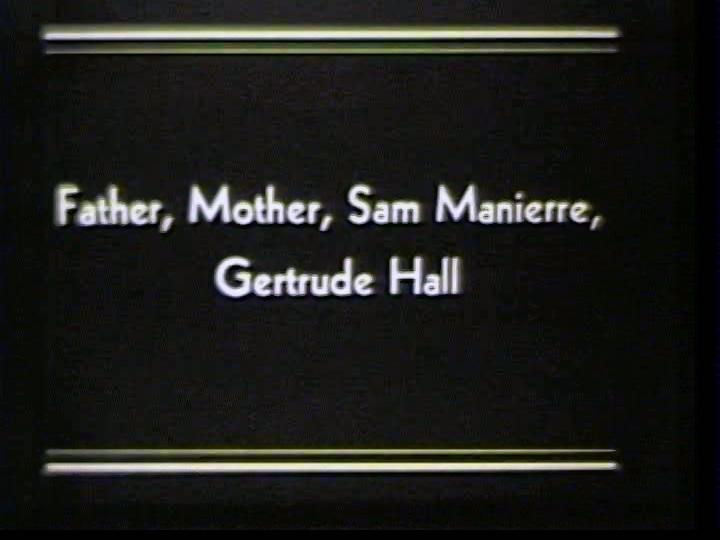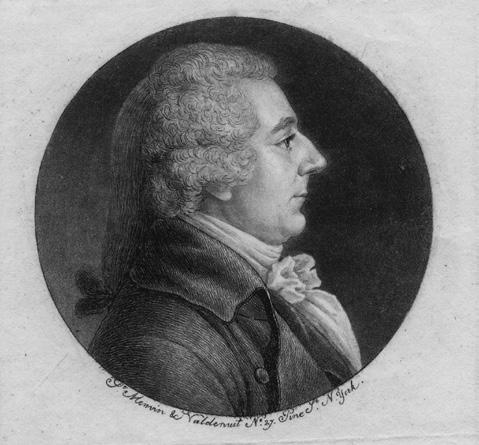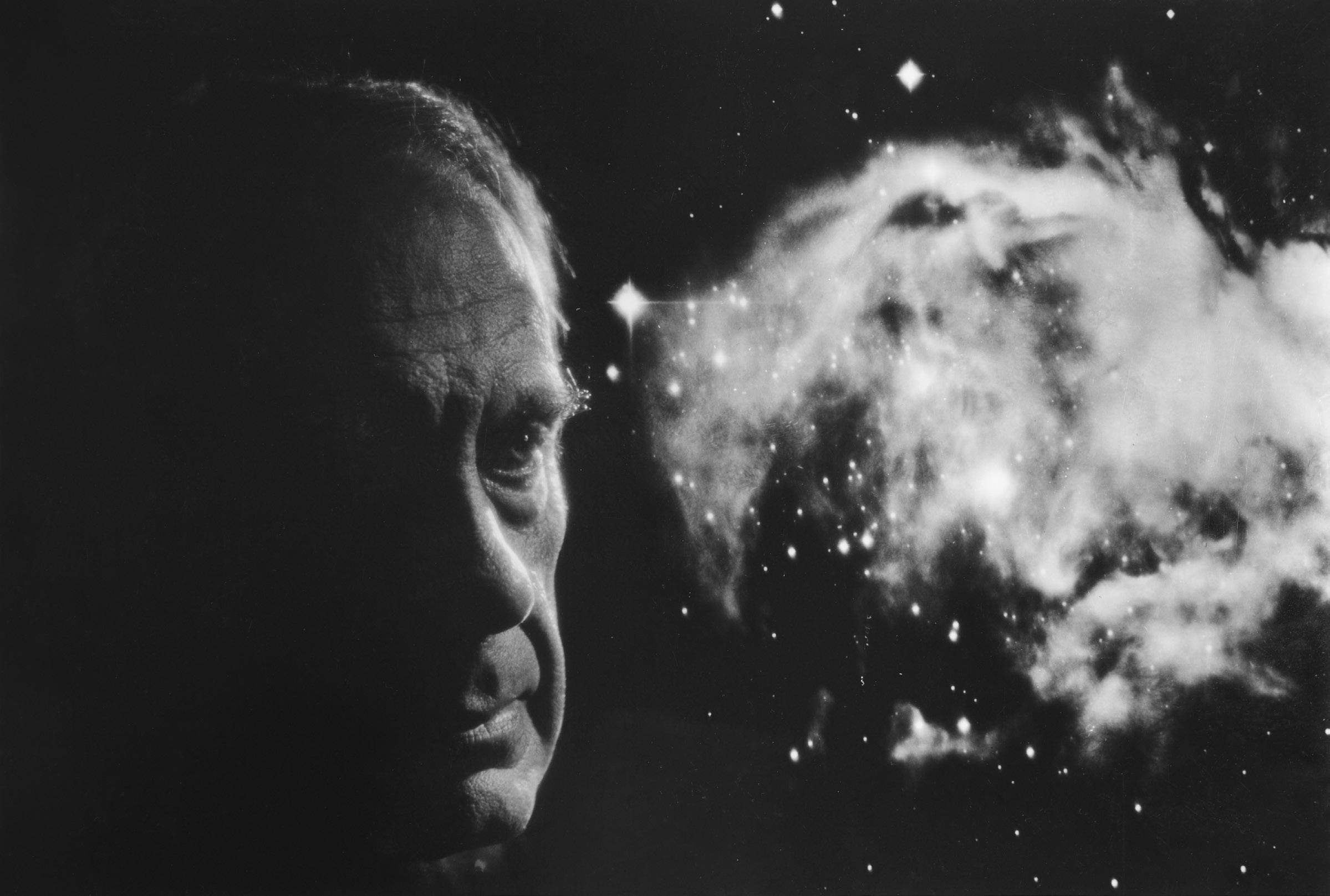Home Movie Media Intervention Similar scenes captured in home movies across decades and formats. From left, composer/pianist Leopold Godowsky, 1938, 16mm film (courtesy of the Leopold Godowsky, Jr. Home Movie Collection); the author, c. 1986, 8mm analog videotape; and Ziva Raftery, the author’s niece, 2019, HD (high definition) digital video shot with cell phone.
How to keep recorded memories from degrading by BECCA BENDER Film archivist and curator of recorded media at the Rhode Island Historical Society
W
hen most people think of home movies, they picture a small film reel, probably 8mm or Super8, the content in all likelihood silent, the scenes short depictions of special occasions, the images in black and white or perhaps in brilliant Kodachrome color of the mid-twentieth century. These are the films we typically consider when we concern ourselves with preserving family home movies. But in reality, these types of home movies haven’t been widely created for forty years. So, what are we doing to preserve the videotapes and born-digital files that contain the home movies of the past few generations? And when we find those old film reels, which could now easily be over seventy-five years old, what do we do with them? The good news about the film reels is that as long as they have been kept in a relatively cool and dry environment (please remove them from your hot attic or damp basement immediately!) they’re probably in decent shape. If you hold these filmstrips up to the light, there are images that you can readily see—celluloid film being the only moving-image format that generously allows its viewer to perceive it without a machine. To fully and easily access and share these home movies, use the services of a film scanning lab, which will convert the photographic images into digital ones. There are various technical
24
Historic New England Fall 2019
specifications to consider depending on how you plan to use the home movies, but ideally, the films should be scanned at a minimum of high-definition resolution (1920 x 1080) and the files should be delivered in a format that has not been overly compressed. Be sure that the lab returns the original films to you, and continue to store them in a cool, dry place. Just because you now have digital files does not mean that you have “preserved” the films. Given how moving-image technology evolves, it is quite possible that a future transferring process could yield better results—think of the 1990s, when standard practice for making home movies accessible for families would have been to transfer 8mm films to analog videotape, most likely consumer-grade VHS (video home system), a far inferior visual format. On the topic of videotape, the current buzz phrase and consuming fear in the audiovisual archiving community is the “magnetic media crisis.” Unlike with film, which at its core only requires light to make it legible, all of the home movies shot on videotape from the 1980s through the early 2000s require equipment for viewing. There is nothing to “see” on those tapes without the intervention of a playback deck that reads the images and sounds captured in the magnetic particles and sends them to some sort of monitor. My own childhood was occasionally recorded on Video8, a cassette format that came out in the








